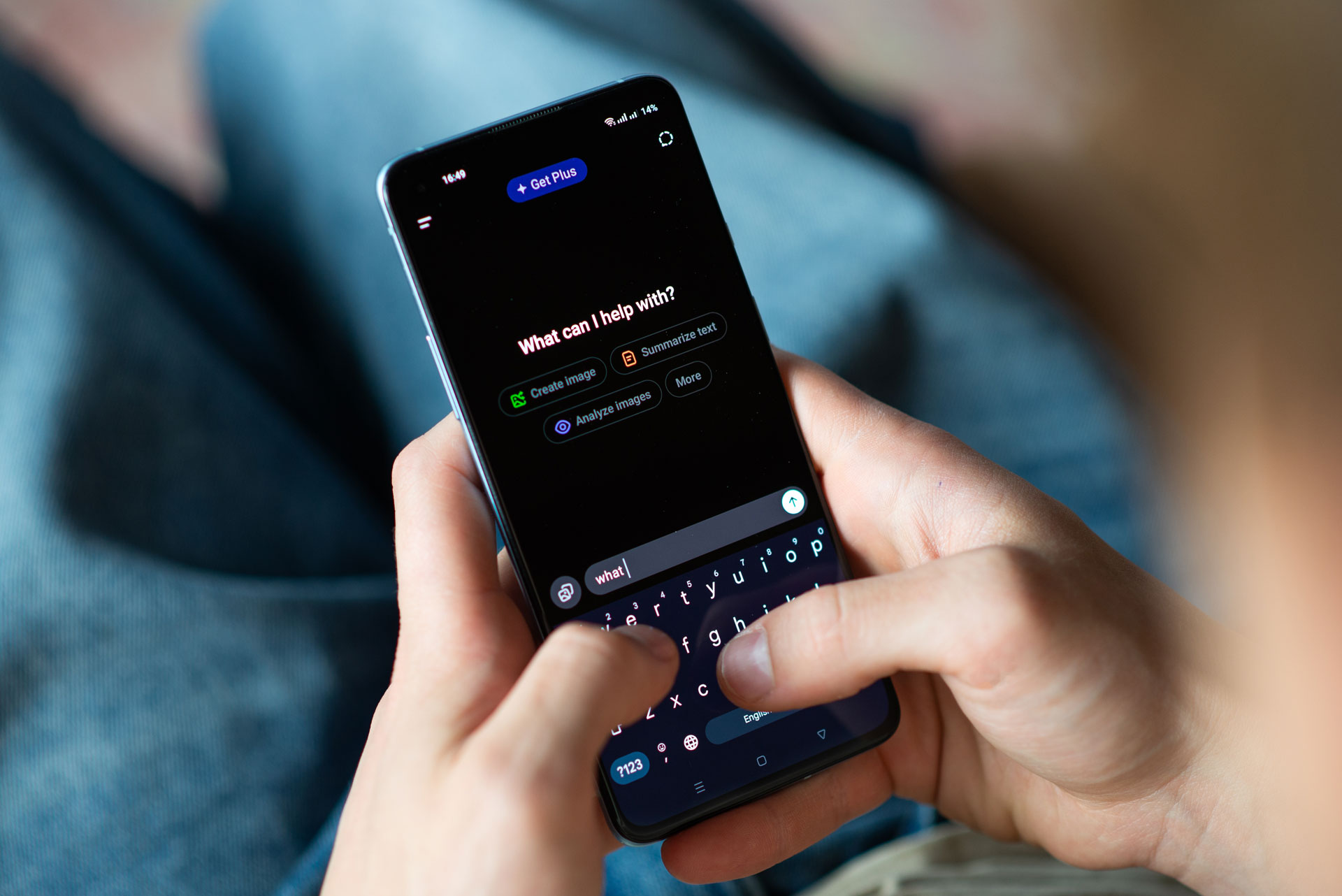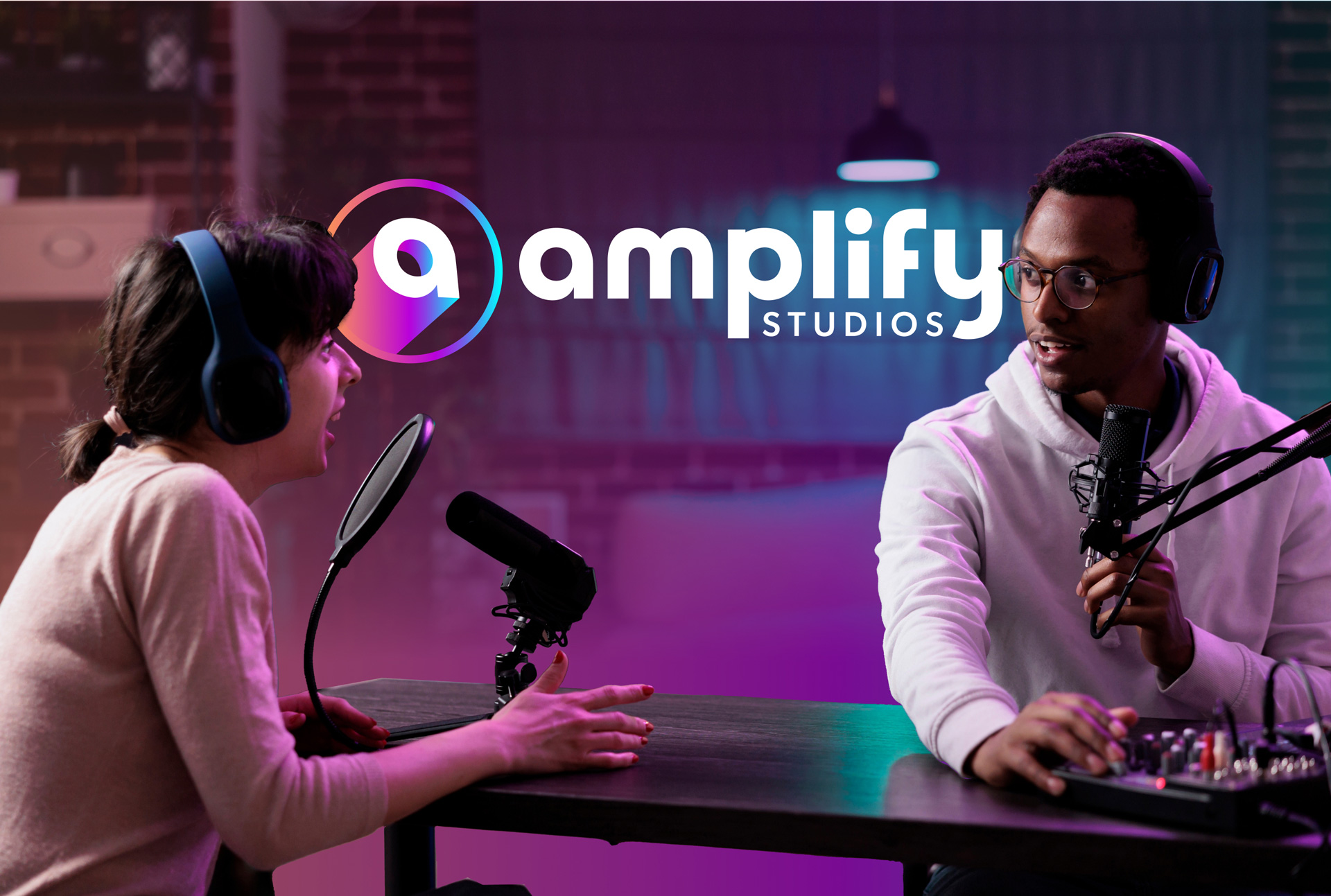Ideas Post
2022 Tips for Site Optimization
What does it mean to build a "complete" site? see for answers and tips on how to bring your site audit score from 50… to a score of 90+.


When a website is launched and made live, Google crawls the page from top to bottom and analyzes everything, from words to images and everything in between. In doing so, Google comes to understand the primary theme of the page. If you’ve ever seen “Avengers: Age of Ultron”, Google’s AI isn’t so different from the way in which Ultron scours the world wide web to learn everything he can about Earth’s mightiest heroes. After analyzing the contents of a page, Google grades it and marks anything that is either unclear, missing, or causing problems to the website's speed and overall performance. Finally, the entirety of the website is graded by whether or not it is complete and properly built. This is called a “site audit score” and is scored between 1 to 100. What does it mean to build a “complete” site? Below we will discuss the primary aspects of a page and what might cause Google to render a negative score.
Headings
For Google to understand the hierarchy of a website, it examines page headings, starting with the first heading tag. This is a primary way for Google to understand what the remainder of the page is about. To best optimize your page, the first heading should be larger than the subsequent ones, not only in size but in hierarchy. This is called an H1 Heading. If the page is not structured properly, Google will not be able to effectively read it or ascertain its primary topic. And if Google can't do that, it will lead to poor site health and, as a result, poor rank.
Image Alt Text/ Meta Description
Images are another vital aspect of every website. When used properly, they have the power to elevate a page, if not an entire website. Images are important not only for site health and page rank but for your readers as well. Google’s AI takes this into account as it scans your page, first checking to ensure that each image has a meta description or alternate text. Alt-text is how we, as page designers and builders, tell Google what the image is about. As the AI crawls the page, a description of each image helps to better inform Google about the page's topic. Alt text also keeps the website ADA compliant. This means anyone with a visual disability will rely on those meta descriptions or alternative text to better understand an image or to better grasp the topic of the page and website as a whole.
Links
A website with many internal and external links can help to increase the perceived “legitimacy” of your site, however, this simultaneously makes it more likely for those links to break. This not only causes issues for viewers but also leads Google to judge the site more harshly. Broken links drive down your audit score so it's important that all photo links or button links are directed to functional landing pages.
Load Speed
A large website that is made up of many photos, videos, and plug-ins that are vital for effective UX/UI, but yet again, it also opens the door to more potential issues, namely load speed. Slow load speed is another sign to Google that your website is in poor health, thus resulting in a lower audit score. What are some reasons why a site might have a poor load speed? First, too many large files. It is imperative that no images are larger than 500KB, otherwise the website will load slowly as users navigate from page to page.
The same is true of videos. To ensure that your website isn’t being bogged down with large video files, change videos to a Youtube or Vimeo link when you can. When a user clicks on the link, there will likely be a short delay as the video loads, but the upside of site health and page load speed makes this tradeoff more than worthwhile.
Plug-ins are another important factor to consider when optimizing your website's load speed. Plug-ins help those who maintain websites to do so more effectively. However, plug-ins load every time someone views a website, and thus, can cause issues with load speed. If a plug-in is affecting your site's health, a simple update may do the trick. Check to see if you have the most up-to-date version installed. If updating the software doesn’t seem to help, it may be time to find an equivalent plug-in that performs similar functions.
Following these few simple steps can do a lot for your website’s health. Ensuring pages have properly structured headings, examining the alt text of your images, and working to increase the load speed of your site may very well bring your website from a score of 50…to a score of 90+. In doing so, you’ll not only give visitors a better experience but will simultaneously give Google a reason to increase your audit score and rank.
Let's build a tribe together
Ideas, Ideas, Ideas
Featured Work
We don’t just deliver - we make a difference.
Here’s a look at some of our most impactful branding, web, and campaign work. These aren’t just projects - they’re proof of what’s possible when bold ideas meet the right tribe.






.gif)





